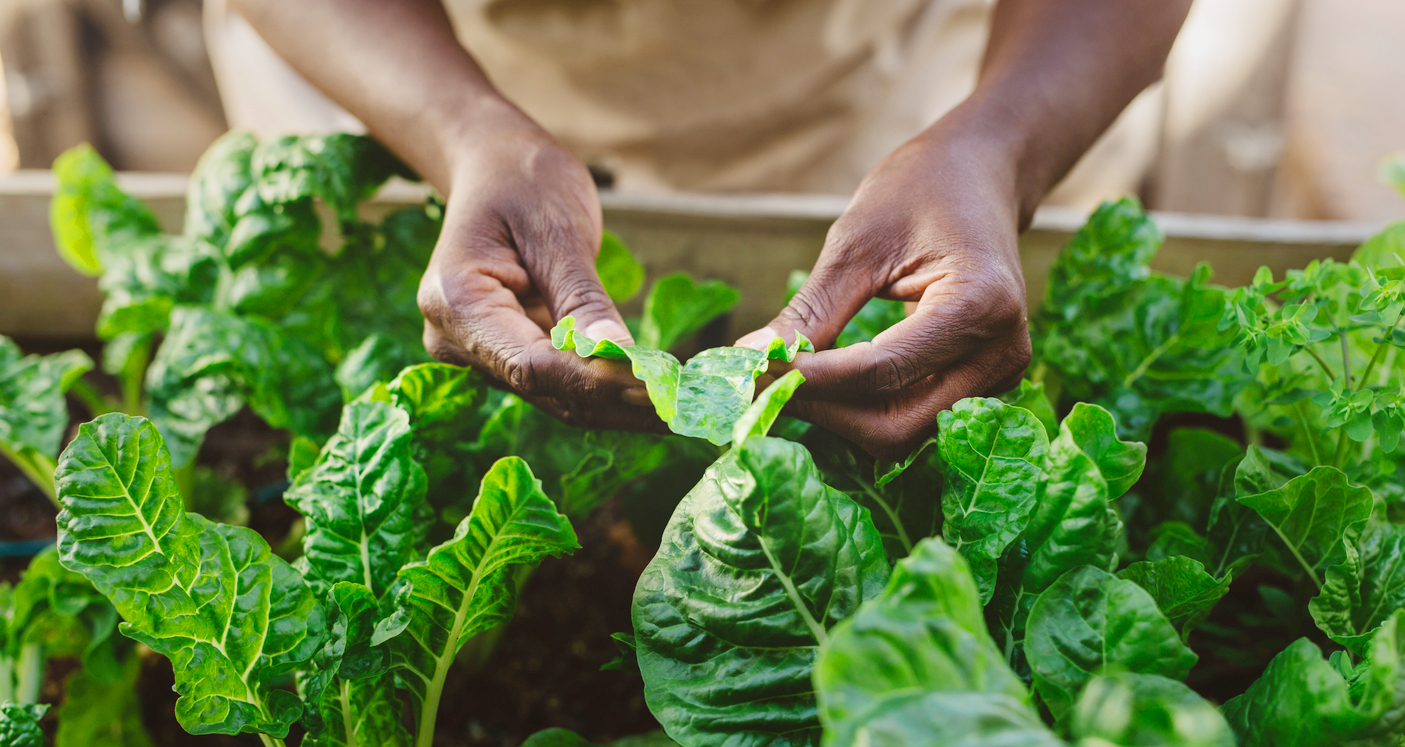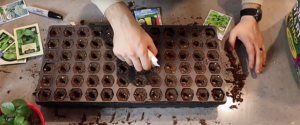Spinach

Health Power
Spinach is remarkable in the myriad of vitamins, minerals , and phytonutrients it gives in one serving. It contains an important carotenoid and a collection of flavonoids that, in addition to vitamins A and C, act as important antioxidants ridding the body of dangerous free radicals. This prevents plaque build up in artery walls by preventing cholesterol from being oxidized. In the end, this helps protect against serious heart problems. Folate and magnesium in spinach also add to heart health by decreasing plaque build up, arterial wall damage (folate) and blood pressure (magnesium and potassium). Because some nutrients are water soluble and others fat soluble, spinach helps resist the growth of various cancerous cells beyond the first day after its consumption. Moreover, nutrients like calcium and Vitamin K add to creating and maintaining healthy bones. The list keeps going with properties that help reduce inflammation in conditions like osteoarthritis, osteoporosis and rheumatoid arthritis. Eating many green leafy vegetables slows down the decline of mental functioning associated with age. Spinach is also an excellent source of iron for helping hemoglobin in blood deliver oxygen to tissues, and lutein that helps maintain eye health. This super food is a great addition to a meal and an ideal way to promote optimal health. Its effects may be profound.
Vitamin and Mineral Content
Vitamins – K, A, C, B9 (Folate), B2 (Riboflavin), B6 (Pyridoxine), E, B1 (Thiamin) and, B3 (Niacin)
Minerals – Manganese, Folate, Magnesium, Iron, Calcium, Potassium, Copper, Phosphorus, Zinc and Selenium
Disease Prevention
Spinach may help reduce risks in of heart disease, anemia, arthritis, and cancers of the stomach, colon, prostate, breast, ovaries and potentially many more.
How to Grow
Spinach is a garden must. It’s packed with great nutrition and easy to grow. Seeds are commonly found in most local nurseries and are more successful than transplants. Plant and harvest spinach in both spring and fall. True spinach is best for cooler climates, but if you want to plant during the summer in a southern, warmer climate, New Zealand spinach copes well with summer heat. If growing in cooler weather, choose a site with lots of sun. In warmer weather, choose a site with plenty of shade. If it gets too warm, spinach will go to seed and reduce yields. The soil needs to be at a pH near 7. Add lime if it’s too low. Soil also must be light, fertile and able to hold water well. Adding organic matter in the form of fully aged compost, manure or planting mix works well. Sow each seed in rows roughly half inch deep, spacing seeds a couple inches apart. Space out rows 9-12 inches apart. Spring sowing should begin 6-8 weeks before the last frost. Summer sowing should start in mid-August for cooler climates, later for warmer ones. Thin the sprouts to 6 inches apart to avoid over crowding and premature seeding. Keep the soil moist and free of weeds. Mulching around the plants after they have grown a bit may help retain moisture and deter weeds. The leaves or whole plants should be ready to pick 7-10 weeks after initial sowing.
Insect Control
Spinach grows in cooler weather and naturally escapes the wrath of many pests. If any, insects that may cause problems are spotted cucumber beetles, leaf miner larvae, aphids, and cabbage loopers. Remove the beetles by hand and dispose of them right away. The larvae of leaf miners embed in the leaves and cause light brown blotches. Remove any leaves showing signs of this infection to stop it from proliferating. This holds true for aphids as well. Remove them or spray with a strong stream of water. Planting French marigolds attracts ladybugs, a natural predator of aphids. If the infestation is too large with beetles, aphids, or loopers, spray with an organic treatment such as insecticidal soap/oil.
Tips
If you want a continual harvest, try consecutively sowing seeds through spring or early fall. If you’re looking to get as much iron from spinach as possible, cooking in iron pans or skillets increases its availability. Make sure to harvest the whole plant at the first hint of bolting to stop the plant from putting all its energy into forming seeds, rendering its the leaves tougher and inedible. Lastly, apply a nutrient rich fertilizer half way through growth. A planting mix containing soluble seaweed extract or fish bone meal will provide sustenance and steady growth.
___________________________________________________________________________________
What do you need to start indoor growing?
It’s easy to buy your transplants from the garden center each season, but there are lots of reasons to sprout your own seeds at home. It will save a substantial amount of money, you’ll have access to a wider range of plant varieties, and you’ll have the satisfaction of seeing a plant through its full life cycle. But if you’re a new seed sprouter. It’s really quite simple once you understand the basics. So if you’re ready to get sprouting, here are the basic steps to follow.






